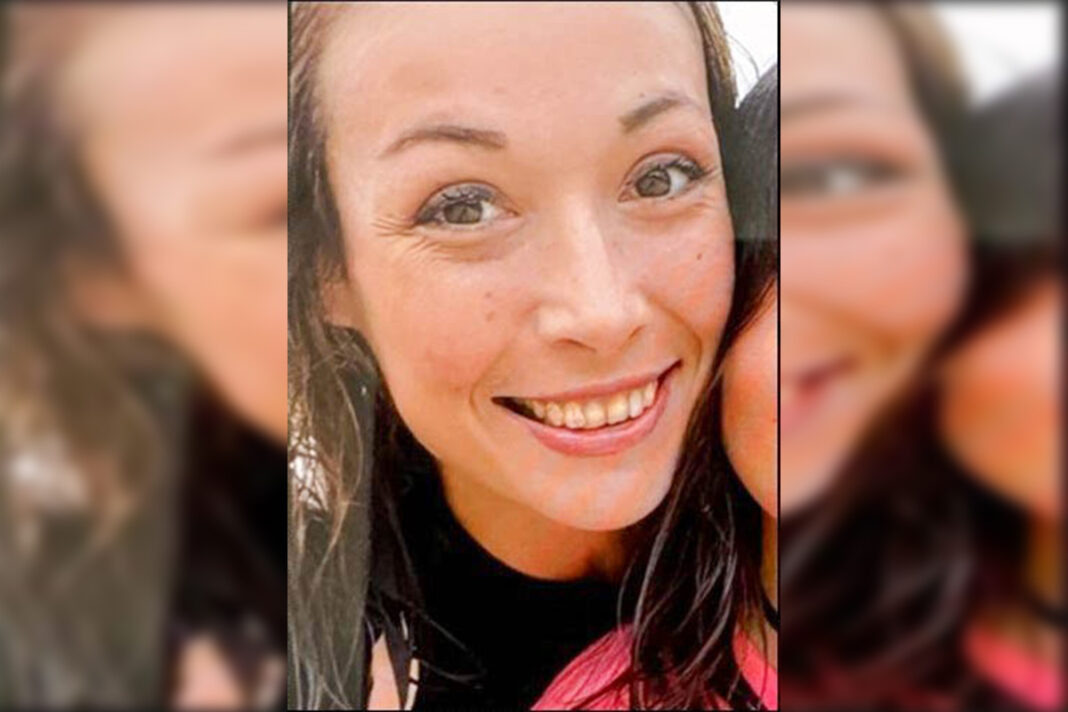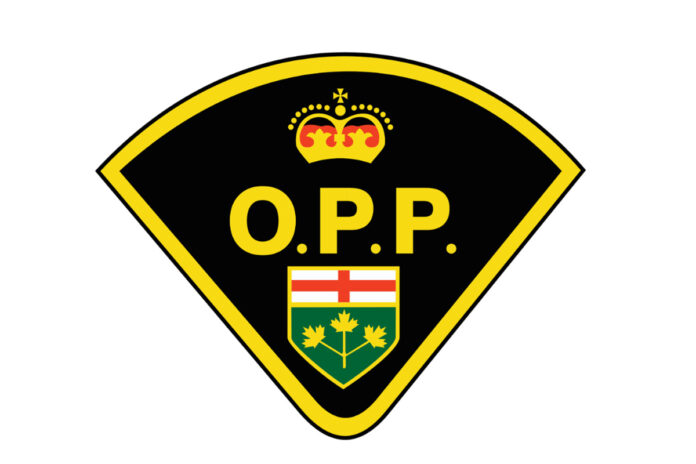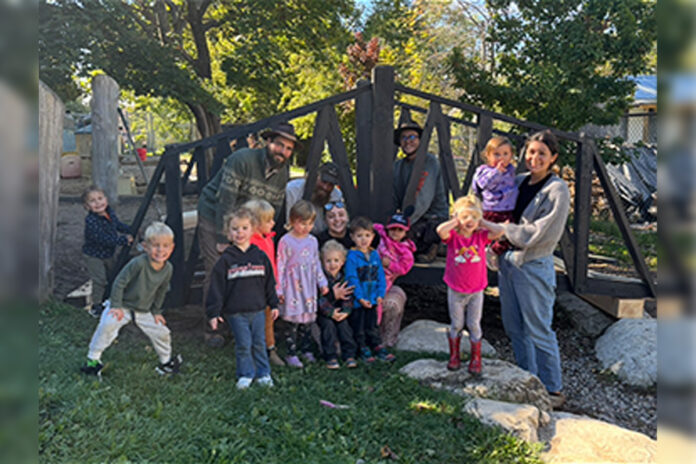Family fears drug dealers may have abducted missing M’Chigeeng woman amid Island’s growing drug crisis
M’CHIGEENG—The disappearance of Juanita Migwans, a 30-year-old First Nations woman last seen on October 2 in M’Chigeeng First Nation, has her family fearing the worst. Her loved ones believe she may have been abducted by drug dealers from the Greater Toronto Area who have been infiltrating First Nations such as M’Chigeeng.
Ms. Migwans, who was reported missing on October 7, had struggled with addiction in recent years.
“There’s been no activity on her bank account,” said her aunt, Mary Ashcroft, who took to social media to urge anyone with information to come forward. “Our fear is they may have taken her against her will. She could be anywhere.” Her father, Morris Ashcroft, voiced his concern as well, highlighting the alarming presence of big-city drug traffickers on First Nations reserves. “Urge your band councils to ban these people from reserves,” he said. “It needs to be dealt with severely.”
The case has drawn attention to the broader issues facing Northern Ontario communities, where both drug and human trafficking have become pressing concerns. Highway 17, part of the TransCanada Highway, which runs through Northern Ontario, has long been a known corridor for human trafficking. Sault Ste. Marie, located along this route, is a particularly notorious hotspot where victims are transported between major cities and rural areas. The isolated location and limited law enforcement resources in Northern Indigenous communities make them prime targets for criminal networks exploiting the drug trade, trafficking vulnerable individuals and evading detection.
Since 2021, UCCM Anishnaabe Police have charged upward of 22 individuals connected to drug trafficking, most of whom were from the Greater Toronto Area and affiliated with street gangs. These gangs see rural and First Nations communities as lucrative markets, exploiting the scarcity of services and high demand for drugs. In some cases, gang members have been known to seize control of local residences, using them as bases for drug distribution. This alarming trend not only endangers local residents but also increases the risk of human trafficking in areas already grappling with violence and systemic neglect.
Dealers use threats and violence to maintain control, including gun violence as acts of intimidation to deter people from reporting them to the police. These brazen acts have heightened the sense of fear in the community, leaving citizens reluctant to speak out against the dealers who have infiltrated their neighbourhoods. The violent tactics used by traffickers not only threaten public safety but also contribute to a broader climate of fear.
The Ontario Provincial Police (OPP), working with the UCCM Anishnaabe Police, continue to investigate Ms. Migwans’ disappearance. The OPP’s crime unit on Manitoulin Island, along with its criminal investigation branch, is leading the search, which includes urging residents to check their properties and any areas where someone could have sought shelter.
UCCM Chief of Police James Killeen urges the community to come together in the search for the missing woman. “This isn’t just a police matter—this is a call for the entire community to unite and help us bring her home,” he says. “We’ve been working around the clock, following every lead, searching, interviewing, and canvassing day and night, but we can’t do it alone; we need your help.”
Police Chief Killeen stresses the importance of accurate information and urges against spreading rumours that only hinder the search. “Misinformation on social media is muddying the waters, making it even harder to find her. We need people to come forward with what they know, no matter how small the detail. This isn’t the time to let past grievances or mistrust stand in the way of finding a missing loved one.”
He acknowledges that some community members have been reluctant to cooperate but insists that now is the time to put differences aside. “It’s heartbreaking when doors are slammed in our faces. We need everyone’s help—especially those who might have seen or heard something, even if it seems insignificant. A single piece of information could be the key to bringing her home.”
He reassures the public that the UCCM Anishnaabe Police Service, along with OPP and search teams including helicopters, K-9 units, drones and North Shore Search and Rescue, are fully committed to the search. “A missing Anishnaabe woman is our top priority. We share the community’s anguish, and we won’t rest until she’s found.”
Police Chief Killeen’s appeal is simple: “We need to come together as a community, set aside our differences, and focus on finding Ms. Migwans. Please, if you know anything at all, come forward. This is about bringing a daughter, a friend and a community member back where she belongs. Her family is waiting, and we need your help to make that happen.”
Ms. Migwans’ case is a tragic reminder of the ongoing crisis of Missing and Murdered Indigenous Women and Girls (MMIWG) in Canada. Indigenous women are disproportionately affected by violence, with rates of murder and disappearance that are 12 times higher than for non-Indigenous women. The intersection of the drug crisis, human trafficking, and organized crime has exacerbated these dangers, particularly in remote communities like those along the TransCanada Highway, where the risk of exploitation is high.
Anyone with information on Juanita Migwans’ whereabouts is urged to contact the Ontario Provincial Police at 1-888-310-1122 or Crime Stoppers at 1-800-222-TIPS (8477) to provide anonymous tips.






